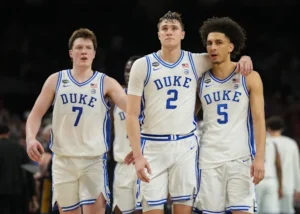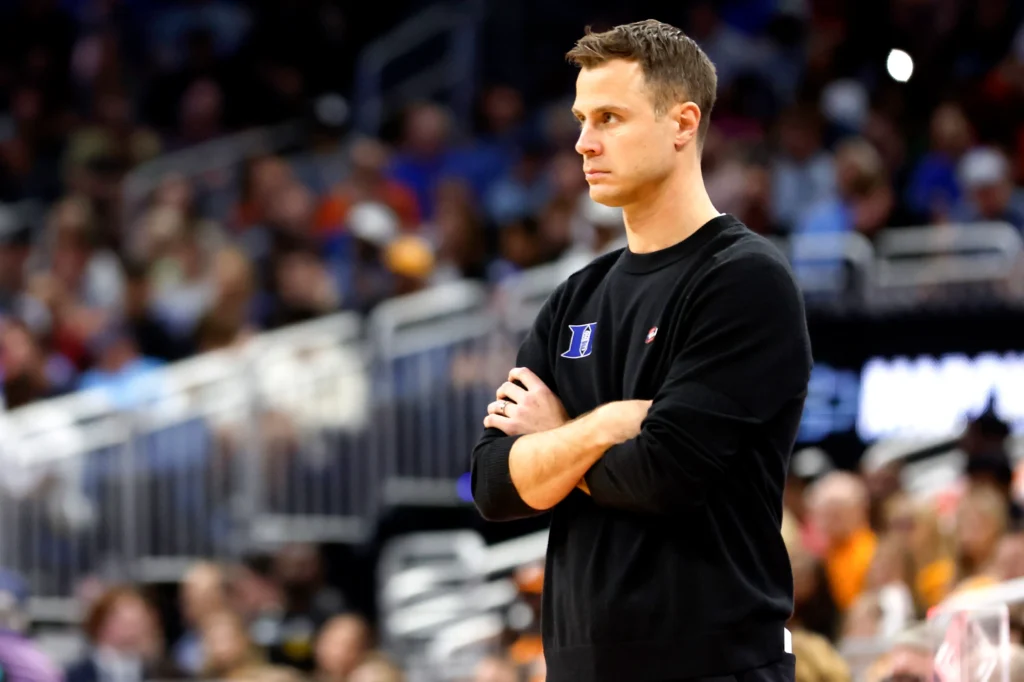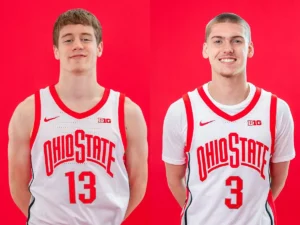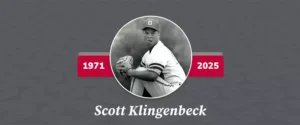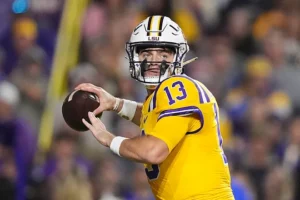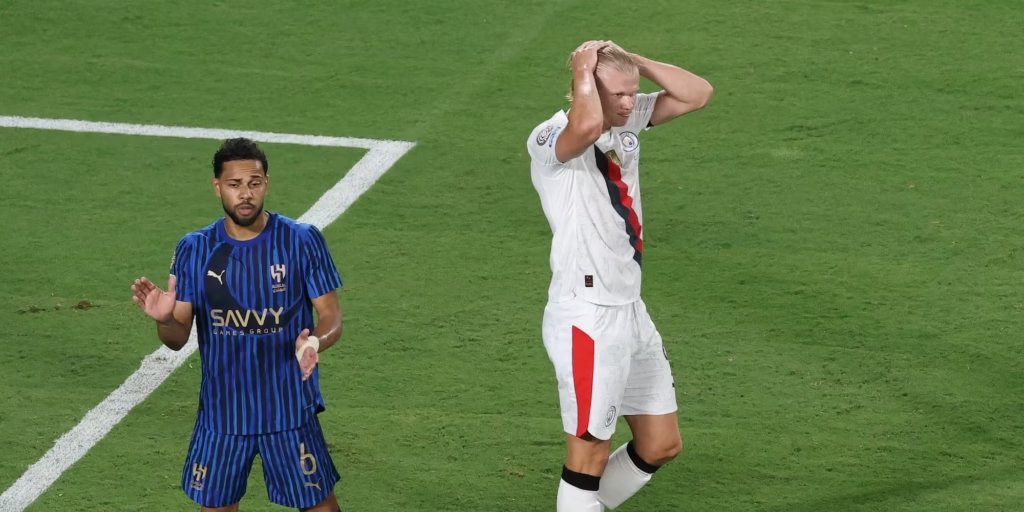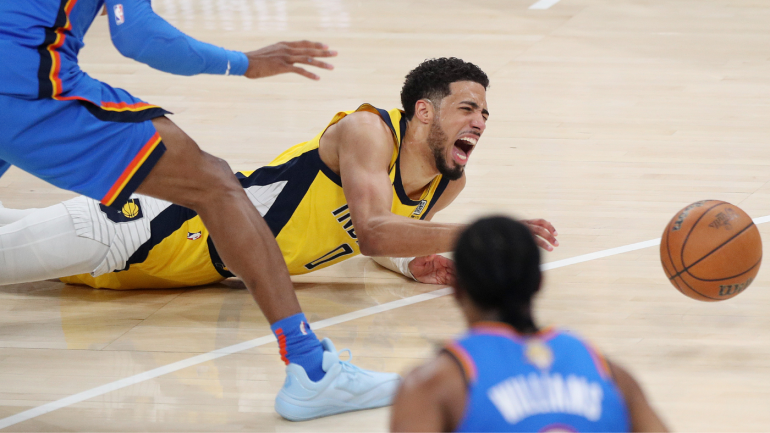
The 2025 NBA Finals were meant to mark a new golden era for basketball. Instead, they became the backdrop for one of the most shocking and heartbreaking moments in league history. In a moment that stopped the sports world cold, Indiana Pacers superstar Tyrese Haliburton crumpled to the court in Game 7 after an awkward plant of his right foot. The building hushed. The cameras cut away. Teammates covered their faces. Fans stood in stunned silence. The diagnosis that followed confirmed every worst fear—Haliburton had suffered a complete Achilles tendon tear.
For a player who was not only the heartbeat of his team but also a central figure in the NBA’s evolving guard-driven future, the injury was seismic. It was more than just the downfall of a team in a championship fight—it was the implosion of momentum, hope, and rising legacy. Haliburton’s injury isn’t just a personal setback; it’s a league-altering event, a tragic turn that could impact the balance of power for years to come.
Leading up to Game 7, Haliburton had been the conductor of a well-tuned Indiana Pacers orchestra, averaging 18 points and nine assists throughout the postseason. His late-game decision-making, perimeter shooting, and leadership had helped fuel Indiana’s improbable run to the Finals. In the Eastern Conference Finals, he engineered comebacks of 15 or more points in three separate games, turning the tide of the series and solidifying himself as one of the league’s most clutch performers.
But all that vanished in a split second. Early in the first quarter of the decisive game, Haliburton attempted to pivot at the top of the key and collapsed. There was no contact, no defender nearby—only the unmistakable body language of an athlete who knows something is catastrophically wrong. As trainers and teammates rushed to his side, Haliburton lay with his hands covering his face. The scoreboard no longer mattered. A once-thrilling game quickly became secondary to the injury that had just occurred.
The Pacers, clearly shaken, tried to hold on. They even managed a halftime lead behind the fiery effort of bench players like T.J. McConnell and Andrew Nembhard. But without their offensive maestro, the third quarter became a cascade of turnovers and missed opportunities. The Oklahoma City Thunder, led by Shai Gilgeous-Alexander and Chet Holmgren, methodically pulled ahead. Indiana’s Cinderella run was over, but it was overshadowed entirely by what had happened to their star.
Haliburton’s Achilles injury is being called one of the most devastating in recent NBA history—not simply because of the nature of the injury, but because of its timing and implications. He wasn’t just an All-Star; he was the centerpiece of a franchise that had built patiently and intelligently around him. Indiana had drafted well, developed internally, and constructed a team that finally had the right blend of youth, toughness, and talent to make a run. With Haliburton now likely to miss the entire 2025–26 season, the Pacers’ upward trajectory has been completely derailed.
The aftermath has forced Indiana to reevaluate everything. Without Haliburton, do they remain competitive, or pivot toward retooling? Do they hold onto veteran center Myles Turner or consider moving him to acquire younger assets? The franchise is now at a crossroads—either find a way to survive a lost season or make painful choices about their long-term future.
Beyond the Pacers, the injury has sent ripple effects throughout the entire Eastern Conference. With Indiana weakened and Boston and Milwaukee dealing with their own injury-riddled cores, the race has suddenly opened wide. Teams like the New York Knicks and Cleveland Cavaliers now see a clearer path to contention. Their front offices are likely to be more aggressive in free agency and trades, knowing that one of the top contenders is temporarily out of the picture.
Even the Western Conference has felt the shift. The Thunder, after winning the championship, are now seen as a potential dynasty. But they reached the mountaintop partly because their fiercest Finals opponent lost its engine. Questions have already begun swirling: would the Thunder have survived Game 7 if Haliburton had played the full 48 minutes? The championship celebration, while well-earned, carries the unspoken caveat that injuries once again influenced the outcome of the season.
Haliburton’s individual journey will now become one of the most closely watched storylines in all of sports. Achilles injuries are brutal—physically, emotionally, and psychologically. Recovery is a long, uncertain process. Some players return to full form; others never quite reclaim their previous explosiveness or mobility. For a guard who relies on change of pace, timing, and lateral movement, the stakes are incredibly high.
But if anyone is equipped to handle such adversity, it’s Haliburton. Known throughout the league for his tireless work ethic, film study habits, and maturity beyond his years, he has long been a leader both on and off the court. In the hours following his injury, Haliburton released a statement acknowledging the pain of the moment but vowing to return stronger than ever. His message was raw, honest, and deeply human—qualities that have always made him more than just an elite athlete.
The league, meanwhile, faces its own reckoning. Achilles injuries to top players are becoming increasingly common, raising concerns about scheduling, training regimens, and player workload. Haliburton’s situation could spark deeper conversations within the NBA about how to better protect its stars. The league’s product depends not just on competition, but on the health and availability of its most marketable talents.
From a marketing standpoint, Haliburton had become one of the NBA’s premier faces. He was on track for another All-NBA season and was widely considered a future MVP candidate. His style of play—a mix of old-school floor generalship and modern range—had helped redefine what teams look for in a point guard. His presence in commercials, social media campaigns, and league promotional materials was increasing with each passing month. Now, that momentum is stalled.
The television networks that had hoped to feature Indiana prominently in national broadcasts next season are likely scrambling. The Pacers, once considered a fresh new storyline in a league saturated with familiar faces, may now fall back into relative obscurity. This is a loss not just for Indiana fans but for neutral fans who had grown to admire the selfless, intelligent brand of basketball the team had cultivated.
But it would be a mistake to write the Pacers off completely. While Haliburton’s injury is undeniably devastating, Indiana has built a culture of resilience. Their young core—including players like Bennedict Mathurin, Nembhard, and Jarace Walker—gained valuable playoff experience during the Finals run. With smart leadership and patient planning, the Pacers could use this season as a year of development and reflection before returning to full strength when Haliburton recovers.
Around the league, other players and coaches have expressed their support. From LeBron James to Damian Lillard, the outpouring of sympathy and encouragement has been universal. Everyone knows how hard Haliburton worked to reach this level. Everyone understands how cruel this game can be. And everyone is hoping—regardless of team allegiance—that he will make it back.
There are those who believe Haliburton will use this moment as fuel. That he will return stronger, wiser, and even more determined. They point to other stars who have come back from similar injuries and redefined themselves—Kevin Durant, Klay Thompson, and DeMarcus Cousins, each with varying levels of success and reinvention. Haliburton’s mental approach and willingness to adapt give reason for hope.
In the end, the story of Tyrese Haliburton’s injury is about more than basketball. It’s about fragility, about how quickly everything can change. It’s about the weight of dreams deferred, about the intersection of greatness and vulnerability. It’s about how a single step can alter a season, a career, even a league.
The 2025 NBA Finals will be remembered not for the champions crowned, but for the superstar who fell. And what happens next—how Haliburton responds, how the Pacers pivot, how the league adjusts—will define the next chapter in the story of the modern NBA.
Until then, the league holds its breath, waiting, hoping, and watching the slow, determined rise of one of its brightest stars from the darkest moment of his young career.
